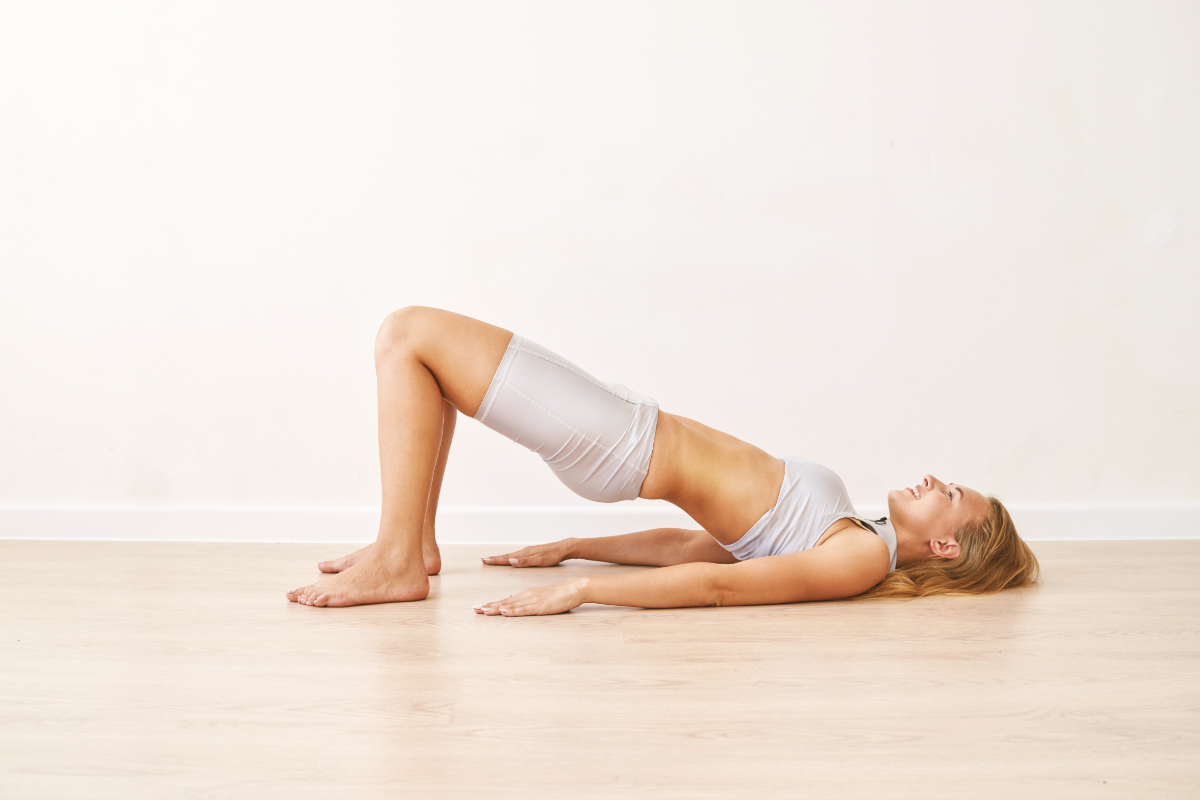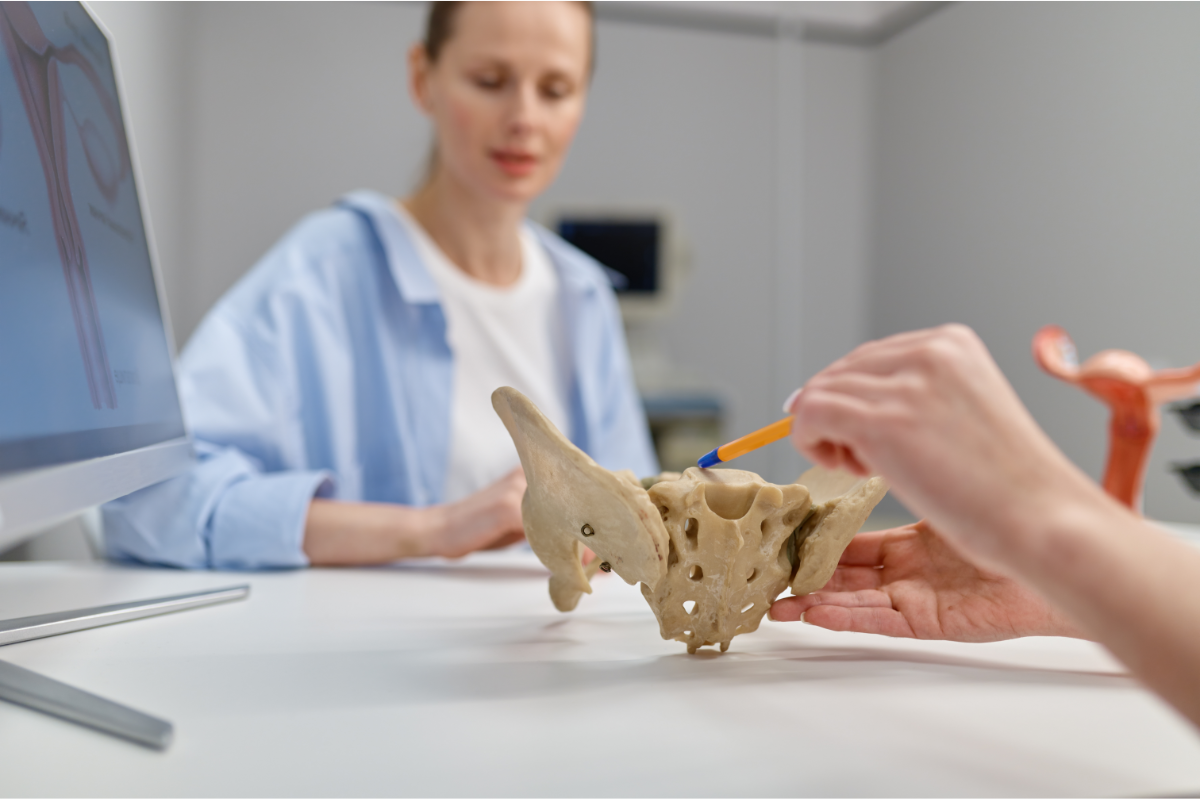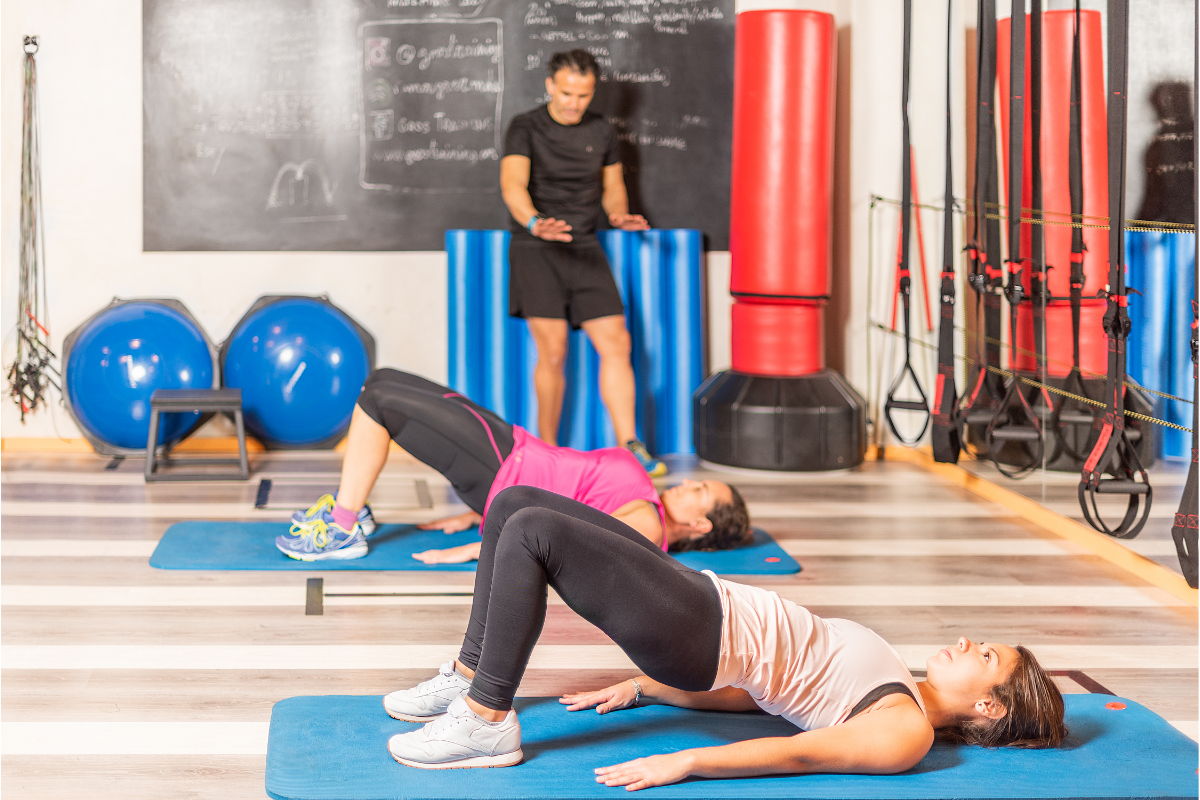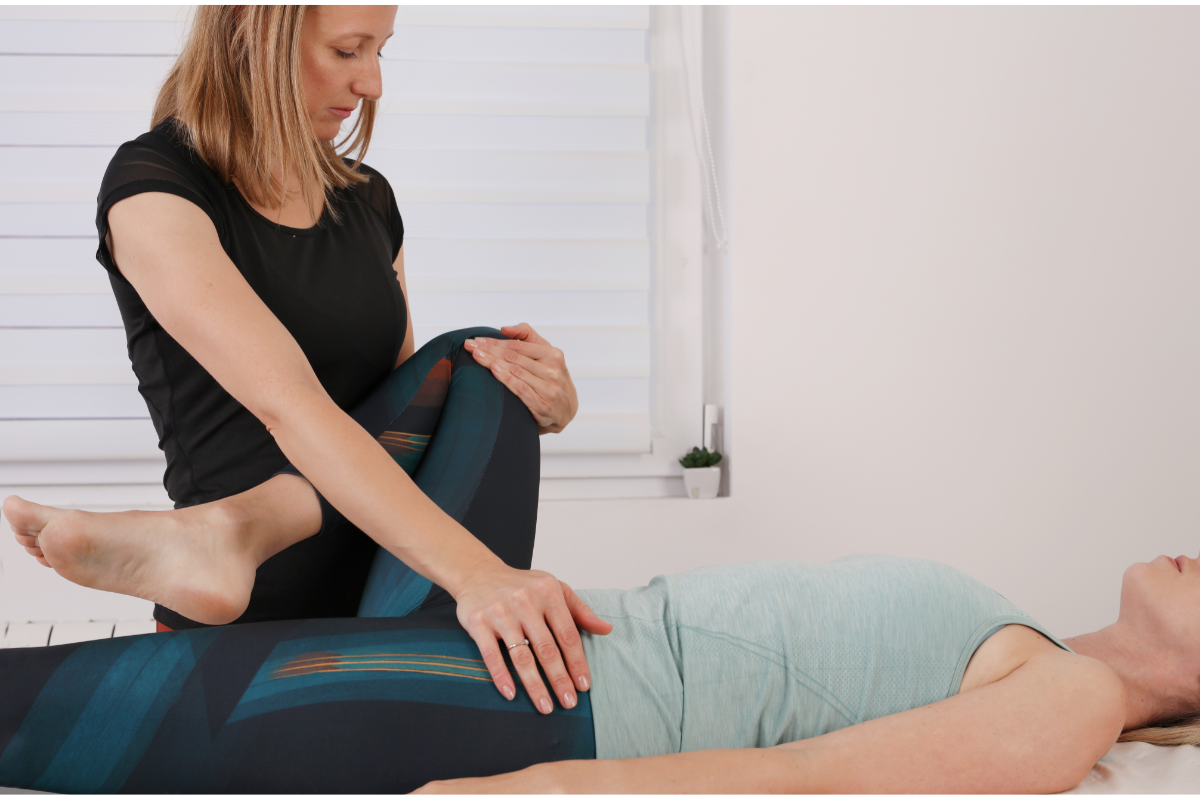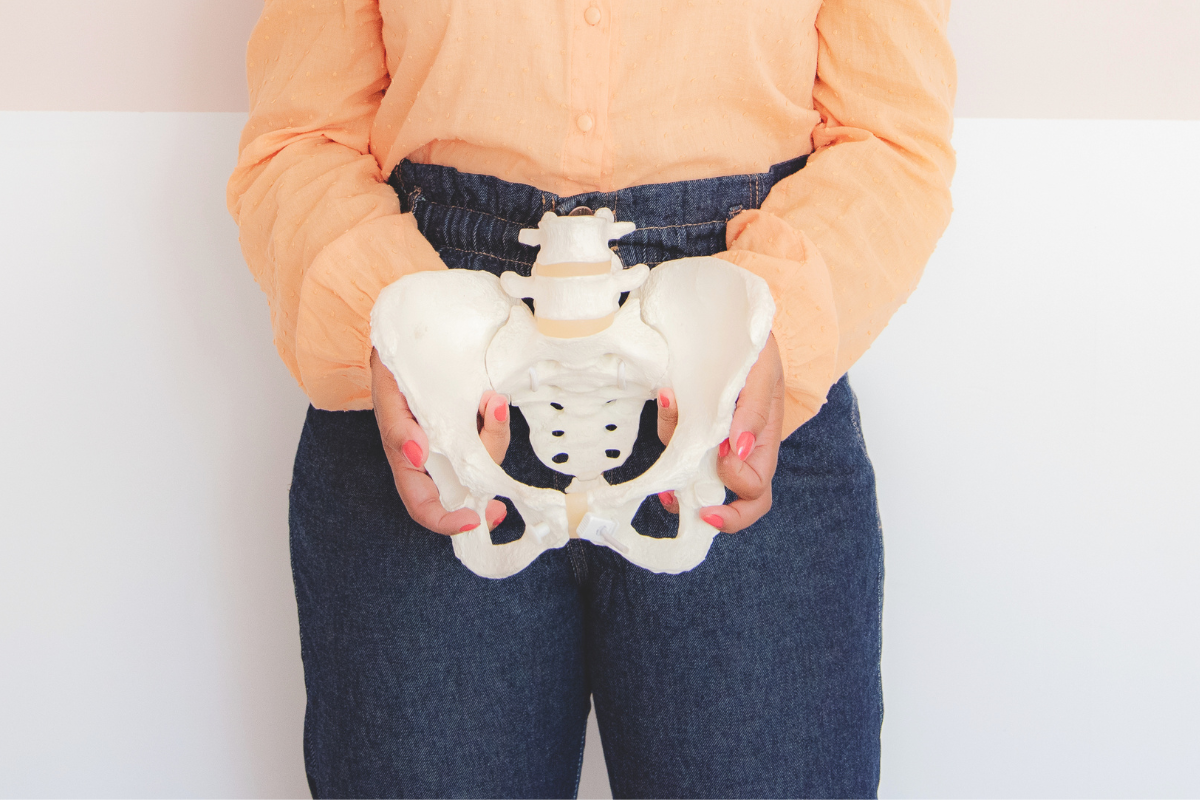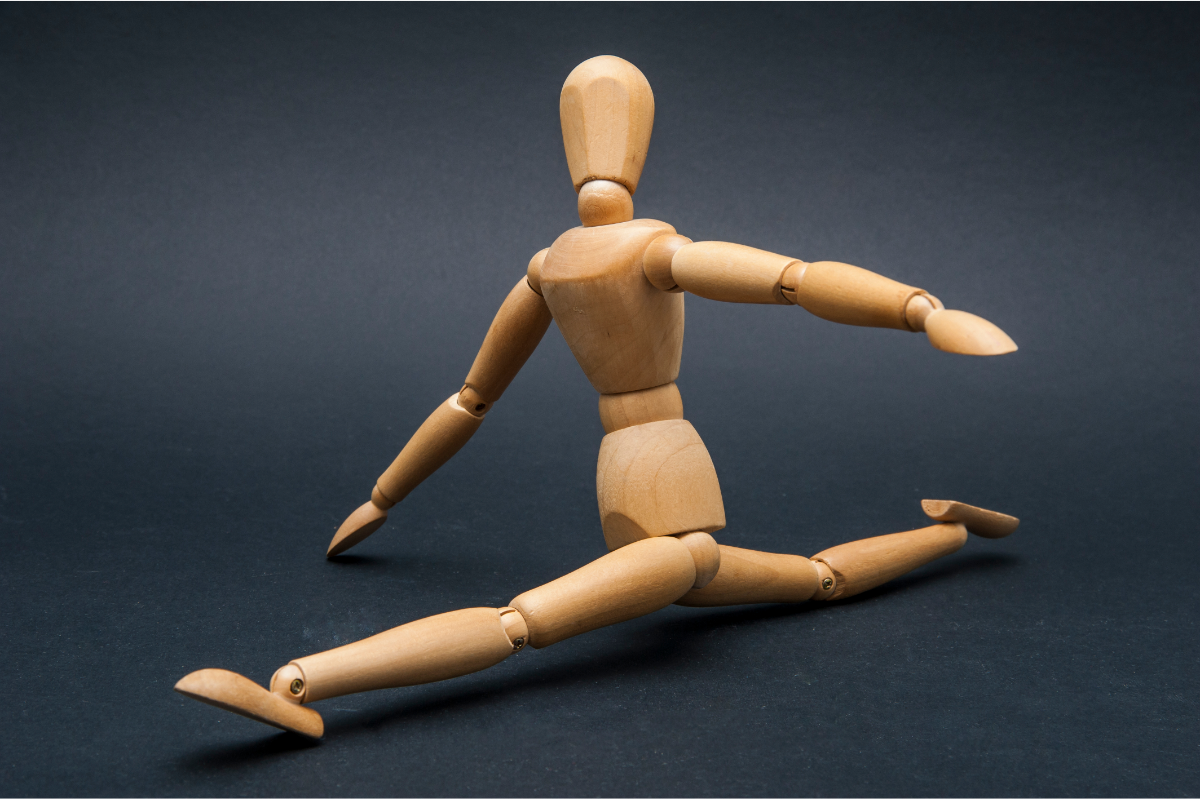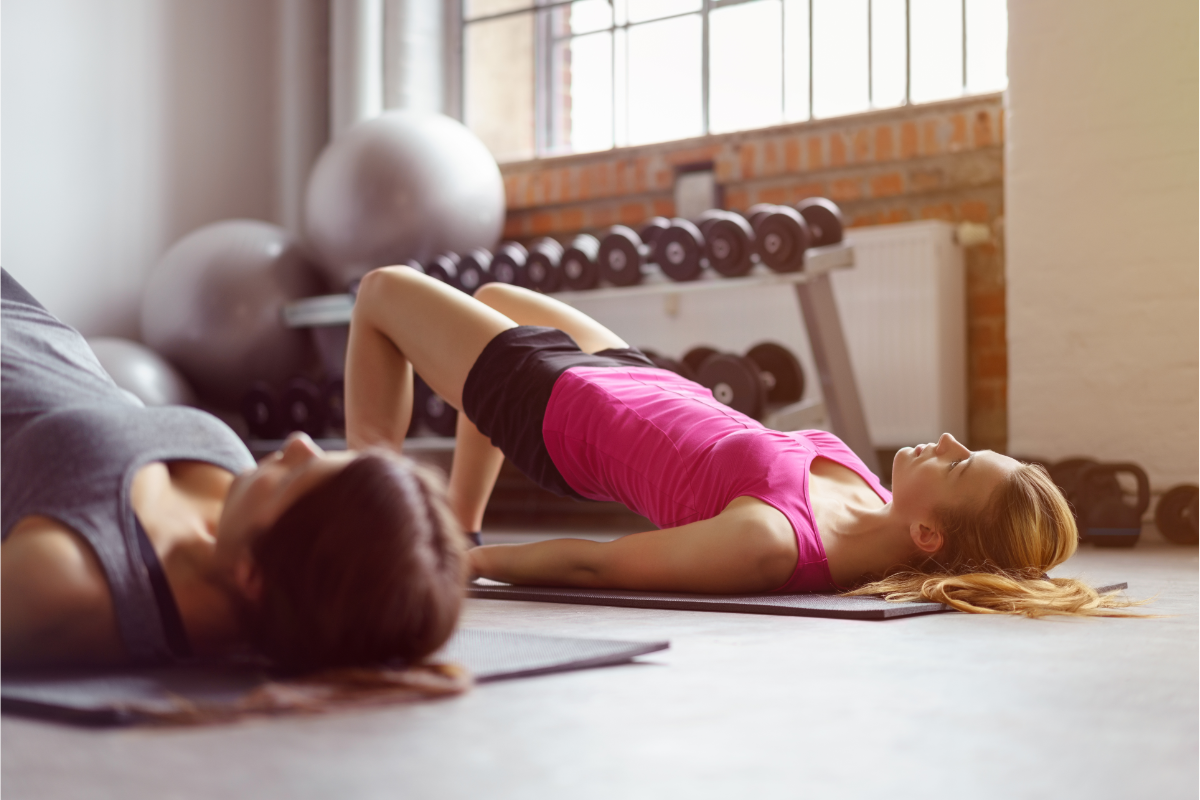Top 5 Breathing Exercises Combined with Pelvic Floor Strengthening
In our fast-paced lives, the significance of effective breathing often goes unnoticed, despite its profound impact on our overall well-being. Proper breathing techniques can help reduce stress, enhance focus, and improve physical performance. Additionally, strengthening the pelvic floor is crucial for both men and women, playing a vital role in core stability, bladder control, and sexual health.
The pelvic floor comprises a group of muscles that support the bladder, uterus, and rectum. Weakness in these muscles can lead to various issues, including incontinence, pelvic pain, and decreased sexual satisfaction. Fortunately, incorporating targeted breathing exercises with pelvic floor strengthening can yield significant benefits.
Research has shown that the combination of breath control and pelvic floor activation can lead to improved muscle coordination, greater awareness of body alignment, and enhanced relaxation. By practicing these exercises together, individuals can maximize their physical and mental benefits.
In this article, we will explore the top five breathing exercises combined with pelvic floor strengthening techniques. These exercises are designed to not only empower your body but also promote a holistic approach to health, enhancing both physical and emotional resilience. Whether you are a beginner or looking to refine your practice, these exercises can easily be integrated into your daily routine for lasting benefits.
Exercise 1: Diaphragmatic Breathing with Kegel
Step-by-Step Instructions
- Begin by lying on your back with your knees bent and feet flat on the floor.
- Place one hand on your chest and the other on your abdomen.
- Inhale deeply through your nose, allowing your diaphragm to expand and your abdomen to rise while keeping your chest still.
- As you exhale slowly through your mouth, gently contract your pelvic floor muscles (similar to stopping urination).
- Repeat this process for 5-10 minutes, focusing on synchronizing your breath with your pelvic floor contractions.
Benefits for the Pelvic Floor
Diaphragmatic breathing promotes relaxation of the pelvic floor, helping to release tension. This exercise enhances awareness of pelvic muscles, facilitating better engagement during Kegel exercises. Strengthening the pelvic floor through this method can lead to improved bladder control, reduced risk of prolapse, and enhanced sexual function.
Exercise 2: 4-7-8 Breathing with Pelvic Floor Contractions
How to Perform the Exercise
- Sit comfortably with a straight spine.
- Inhale deeply through your nose for a count of 4.
- Hold your breath for a count of 7, activating your pelvic floor muscles.
- Exhale slowly through your mouth for a count of 8, relaxing the pelvic floor.
- Repeat this cycle for 4-5 times, gradually increasing as you become more comfortable.
Impact on Stress Reduction and Strengthening
The 4-7-8 technique is designed to calm the nervous system and reduce anxiety. By integrating pelvic floor contractions, you strengthen these muscles while promoting a state of relaxation. This dual focus can help alleviate stress and improve mental clarity, creating a sense of well-being.
Exercise 3: Lateral Breathing with Hip Elevation
Movement Description
- Lie on your side with your legs stacked and your head resting on your arm.
- Inhale deeply, allowing your ribcage to expand laterally.
- As you exhale, lift your top leg and hip off the ground, engaging your pelvic floor muscles.
- Lower your leg back down as you inhale again, allowing your ribcage to return to a neutral position.
- Perform 10-15 repetitions on each side.
Connection Between Breathing and Pelvic Stability
This exercise enhances lateral ribcage expansion while simultaneously activating the pelvic floor. The coordinated movements strengthen the core and improve pelvic stability, contributing to better posture and reduced lower back pain. Additionally, the awareness developed during this exercise can improve overall body alignment.
Exercise 4: Pranayama (Yoga Breathing) with Pelvic Floor Activation
Specific Pranayama Techniques
- Sit comfortably in a cross-legged position or on a chair with your feet flat on the ground.
- Practice Nadi Shodhana (alternate nostril breathing) by closing one nostril with your thumb, inhaling through the other, and switching.
- As you inhale, focus on drawing up your pelvic floor; as you exhale, relax the muscles.
- Continue this pattern for 5-10 minutes, maintaining a steady rhythm.
Advantages for Mental and Physical Health
Pranayama techniques are well-known for their calming effects on the mind and body. When combined with pelvic floor activation, they promote relaxation and mindfulness, reducing anxiety and enhancing mental clarity. This holistic approach fosters emotional resilience, leading to improved well-being.
Exercise 5: Moving Breath with Muscle Strengthening
Examples of Combined Movements
- Begin in a standing position, feet hip-width apart.
- Inhale while raising your arms overhead and engaging your pelvic floor.
- As you exhale, lower your arms while bending your knees slightly, maintaining pelvic activation.
- Repeat this movement for 10-15 cycles, focusing on the synchronization of breath and muscle engagement.
Effects on Balance and Posture
Integrating breath with movement enhances overall coordination and stability. This exercise not only strengthens the pelvic floor but also improves body awareness and balance. As you become more attuned to your body’s movements, you may notice better posture and reduced risk of injury in daily activities.
These five exercises provide a comprehensive approach to integrating breath control with pelvic floor strengthening, promoting physical health, mental clarity, and overall well-being. Incorporating these practices into your routine can lead to lasting benefits, empowering you to take control of your body and health.
In summary, the combination of breathing exercises with pelvic floor strengthening techniques offers numerous benefits that can significantly enhance both physical and mental well-being. By integrating these practices into your daily routine, you can experience improved core stability, better bladder control, reduced stress levels, and greater overall body awareness.
Each exercise outlined in this article serves not only to strengthen the pelvic floor but also to promote relaxation and mindfulness. This holistic approach can empower you to take charge of your health, leading to enhanced quality of life. As you develop a deeper connection between your breath and your body, you may find that you feel more balanced, grounded, and in control.
To maintain a regular practice and maximize the benefits of these exercises, consider the following tips:
- Set a Consistent Schedule: Carve out specific times each week dedicated to your breathing and pelvic floor exercises. Consistency is key to achieving lasting results.
- Create a Comfortable Space: Find a quiet, comfortable area in your home where you can practice without distractions. A calming environment can enhance your focus and relaxation.
- Start Slowly and Progress Gradually: If you’re new to these exercises, begin with shorter sessions and gradually increase the duration and intensity as you become more comfortable.
- Listen to Your Body: Pay attention to how your body feels during and after each exercise. Modify movements as needed, and don’t hesitate to consult with a healthcare professional if you have any concerns.
- Incorporate Mindfulness Techniques: Engage in mindfulness practices, such as meditation or yoga, to further enhance your connection to your breath and body. This can deepen your understanding of how breath affects your overall well-being.
- Stay Motivated: Keep your practice enjoyable by mixing in different exercises or joining a class. Engaging with a community can also provide support and encouragement.
By following these tips and making a commitment to your practice, you can cultivate a deeper awareness of your body, strengthen your pelvic floor, and experience the many benefits of effective breathing. Embrace this journey toward improved health, and allow the transformative power of breath to guide you to a more resilient and balanced life.

I’m Hillary Swan, a certified fitness trainer specializing in women’s health and pelvic floor strength. I’m passionate about empowering others to improve their core wellness through targeted exercises. Let’s strengthen our bodies together for a healthier, more confident life.

